The Ultimate Paris Food Guide!
Who’s hungry for all of the amazing things you have to eat in Paris?
This Paris food guide shares what to eat and drink in Paris--and where to find these treats.
Newcomers and foodies alike will be able to experience the culinary delights of the City of Lights to the max!
Whether it is your first time visiting France or you’re already a confirmed Paris foodie, you’re sure to find a new culinary delight to try below.
Bon appetit, Cosmos Mariners!
This post contains affiliates. If you purchase through the links, I will receive a commission at no charge to you.
Updated 7/2022 | Written 5/2015
Why You Need a Paris Food Guide
Eating in any foreign culture can be a bit stressful, but I think more people worry about dining in Paris than anywhere else.
This is due to a combination of high expectations, stories about rude French waiters, the overwhelming dining options, and the ever-present fear of missing out.
Thankfully, these issues are not true (the waiters are generally quite helpful!) or can easily be worked around.
Common Issues with Visitors to Paris
Paris is one of the best eating cities in the world, but that doesn’t mean dining well is a given.
Tourist traps exist, reservations are crucial, and there are some quirks to the French dining etiquette that Americans find unfamiliar.
While I consider Paris to be the best food city in the world, I understand it can be tough in some circumstances.
After living in France and spending several weeks in Paris, I’ve had my share of frustrations and confusion but also some of the most spectacular dining experiences of my life.
After much reading, research, and travel experience, I’ve put together a list of some tricks and tips to ensure you dine well in Paris.
The Key: Be Nice!
But before you read these suggestions in my Paris food guide, there is one key piece of advice to keep in mind.
David Lebovitz explains this best: “How you get treated is directly proportional to the way you behave and present yourself.”
While this is true in nearly any culture, it is especially good advice for Paris.
After all, Paris culture IS food!
How to Become a Paris Foodie
1) Do Your Research.
Think about the kind of food experiences you want to have in Paris and then start researching.
Be honest with yourself!
If you hate fine dining, you don’t have to go to fancy restaurants just because you’re in Paris.
There are many different types of restaurants in Paris and you have to figure out what is right for you.
Consider your dietary preferences and be sure you book restaurants you find appealing, and remember: just because a guidebook recommends it, it doesn’t mean it is right for you! I
f there are certain foods you’ve always dream of eating in Paris, make sure you book restaurants that serve them.
These are some of my favorite Paris food guides and dining resources:
Paris Foodie Websites and Blogs
Paris by Mouth offers food tours in Paris bookable through their website as well as excellent blog posts focusing on individual restaurants and breakdowns of individual food types you’ll find in Paris.
David Lebovitz is a pastry chef living in Paris who shares French recipes and visitor tips on eating in Paris.
His website is helpful for anyone who’d like easy to understand breakdowns of restaurants, recipes, and more.
Wendy Lyn, who has rebranded from her first website, The Paris Kitchen, is well known for her vast knowledge of French food and wine.
Explore her website for a Paris food guide, which would allow you to do a self-directed tour, or book one of her guided French food tours if you’d like more direction.
Lost in Cheeseland is run by travel writer and foodie Lindsay Tramuta, who is considered to be one of the best contemporary writers on Parisian culture.
In fact, her book The New Paris made the top 10 best books about Paris!
Her website is packed with interviews, well researched pieces on French culture, and more.
Patricia Wells has a GREAT app that will help you determine where you’d like to eat based on location, cost, or type of food. Get more details here.
Her cookbook, The Food Lovers Guide to Paris, is packed with suggestions on how to find great things to eat in Paris.
Grab a copy on Amazon here.
2) Plan Ahead.
Now that you have done some research, you should have a list of restaurants you want to try.
Before making reservations, take a minute to think about what you want to accomplish on your trip.
If you’re booking a few Michelin-starred restaurants, space them out throughout your stay in Paris.
These tend to be longer meals and can be exhausting to have back to back.
Don’t book your most anticipated dinner on the day you’re doing the most sightseeing or the first day of your trip when you may be too tired or jet lagged to appreciate it.
Leave a few meals open for spontaneity.
Try La Fourchette (The Fork), a mobile phone app and website that allows you to make last minute bookings.
You can see what is available nearby, read reviews, and pick something appealing to you.
I always like to ask my hotel for at least one suggestion and give the place a try.
You may also want to visit a few shops and markets to pick up the makings of a picnic.
3) Make Reservations.
Eating out in Paris is popular so don’t expect to be able to walk into any restaurant and be able to get a table.
Restaurants in Paris prefer to know who is coming in and it’s a courtesy to them to call ahead.
Remember to always call and cancel as soon as possible if you are not able to make your reservation.
Some restaurants take reservations online or by email but you can also have your hotel make reservations for you.
I prefer to ask my hotel to make the reservations because it’s much easier than struggling with international calls, time changes, and a language barrier.
If you have any food allergies or dining restrictions, communicate them when you make the reservation. This gives the restaurant time to plan or allows you to make other plans if they cannot accommodate you.
4) Be Polite!
Many French restaurants are tiny and cramped.
Try to use the restroom before being seated so you don’t have to get up throughout the meal and disturb those next to you.
Be aware of noise levels and try not to speak too loudly.
While you may be sitting very close to the table next to you, this is not an invitation to engage in their conversation.
Knowing a few basic French phrases will get you far.
At the very least, you need to be able to say “bonjour” (hello) or “bonsoir” (good evening) when entering a shop or restaurant and “merci” (thank you) when leaving.
It would also be beneficial to learn some basic ordering phrases.
I recommend a pocket phrase guidebook such as the Rick Steves’ French Phrasebook and Dictionary.
French people, in general, appreciate that you’re trying!
5) Be aware of cultural differences.
If your meat is a bit overcooked, your entree is not what you expected, or your meal is dragging a bit long, just go with the flow and enjoy the cultural differences.
This is what makes travel fun!
Here are a few hints that will help avoid you avoid some common frustrations:
Most restaurants do not serve food all day.
Lunch is typically from 12:00pm until 2:00pm and dinner is from 8:00pm until 10:30pm.
If you’re looking for somewhere to eat in off hours, try a café or bakery and look for a sign that says ‘service continu’ on the door.
This means that they serve food in the off hours between lunch and dinner.
Servers will not remove your plates until you give them the signal to do so.
When you’re finished eating, place your utensils face up on your plate at 10 o’clock and 4 o’clock.
French service tends to be a little different than Americans are accustomed to, but don’t interpret this as the waiters being rude.
Most French restaurants have less staff and the French prefer a more hands off style of service.
Meat tends to be cooked more rare than we are used to in the US.
Here are the common meat ordering temperatures:
Bleu: very rare
Saignante: rare
A point: medium rare, the best choice in my opinion
Bien Cuit: well done
If you want to be prepared for more cultural differences in ordering and food prep, review the 10 Common Ordering Mistakes People Make in Paris from David Lebovitz.
6) Avoid Tourist Traps.
Of course, this is easier said than done, but here are three warning signs that you’re dining at a tourist trap:
The restaurant is located right outside of a major museum or landmark,
The menus are laminated (a sign they are rarely updated), and
The menus are posted in the window in 5+ different languages.
During a busy day of sightseeing, it can be tempting to stop for lunch at the closest café but you’ll likely find yourself disappointed.
Instead, try to walk a few blocks away from the tourist attractions and pick a restaurant in that location instead.
Your foodie Paris experience will be much better for that little bit of extra effort.
Paris by Mouth is an excellent resource and provides recommendations for restaurants around tourist sites.
Check out their ‘Not Terrible Near the Louvre’ article here and scroll down to see more of their recommendations for avoiding tourist traps near other major attractions.
7) Pack a Picnic.
Many bakeries and markets offer take away sandwiches or prepared gourmet lunches.
You can buy these and then eat them in a park or at a bench around one of the museums or tourist areas.
This saves time and allows you to dine on some cheap eats in Paris in a scenic location.
8) Consider Lunch and Fixed Price Menus.
Dining in Paris can be expensive, but you can always save a few dollars by making reservations for the higher price point restaurants for lunch.
Just be careful about planning two big meals for the same day.
Most restaurants and bistros in France offer a daily fixed price special. It’s often found scribbled on a chalkboard.
You typically have the choice of two or three courses and it can be a great value and way to try some special items.
9) Take a Tour.
If you’re looking to get an in-depth Parisian food education, consider taking a food -focused walking tour.
A tour can help you get oriented to the city and your guide will teach you the ins and outs of dining in Paris and provide you with excellent recommendations for the rest of your trip.
This tour of Le Marais, a traditional French neighborhood, is packed with history, food samples, and stops at local restaurants.
Taking a tour like this helps you get more in-depth into the culture and food in one area of Paris. Plus, it’s delicious!
10) Don't Waste Time on Breakfast.
Many Americans are used to a big hot breakfast of bacon and eggs, but this isn’t typical in Paris.
The French typically eat some bread and coffee/tea/juice for breakfast.
While your hotel may serve an American style breakfast, I don’t think it’s worth the money, time, or calories.
Instead, grab a croissant from a bakery near your hotel and eat it outside.
11) Know How to Pay the Bill and Leave a Tip.
In a restaurant or bistro, the server will not bring the bill until you ask for it.
When dining in France, the table is yours for the evening and the waiter would not want to imply he/she is rushing you by leaving the bill at your table.
Once you ask for it, they will bring the check and you can set your credit card or cash on top of it to indicate you are ready to pay.
Once the waiter sees this, he/she will bring the credit card machine to your table or make change for you.
While you may find conflicting information on tipping, I find it’s best to err on the side of being generous when you're eating out in Paris.
If you’re happy with your service at a restaurant, it’s appropriate to leave a 10% tip.
If you’re at a café, you can simply round up and leave a few extra coins on the table.
However, one thing is certain – you must always tip in cash.
Above all, remember:
You’re in Paris and life is good. Don’t sweat the small stuff!
My Paris food guide is meant to make your trip easier, not induce worry.
Don’t get stressed and turn an amazing trip into a source of anxiety.
Be yourself, have fun, and don’t be intimidated!
Was this Paris food guide helpful? What are your favorite things to eat in Paris?

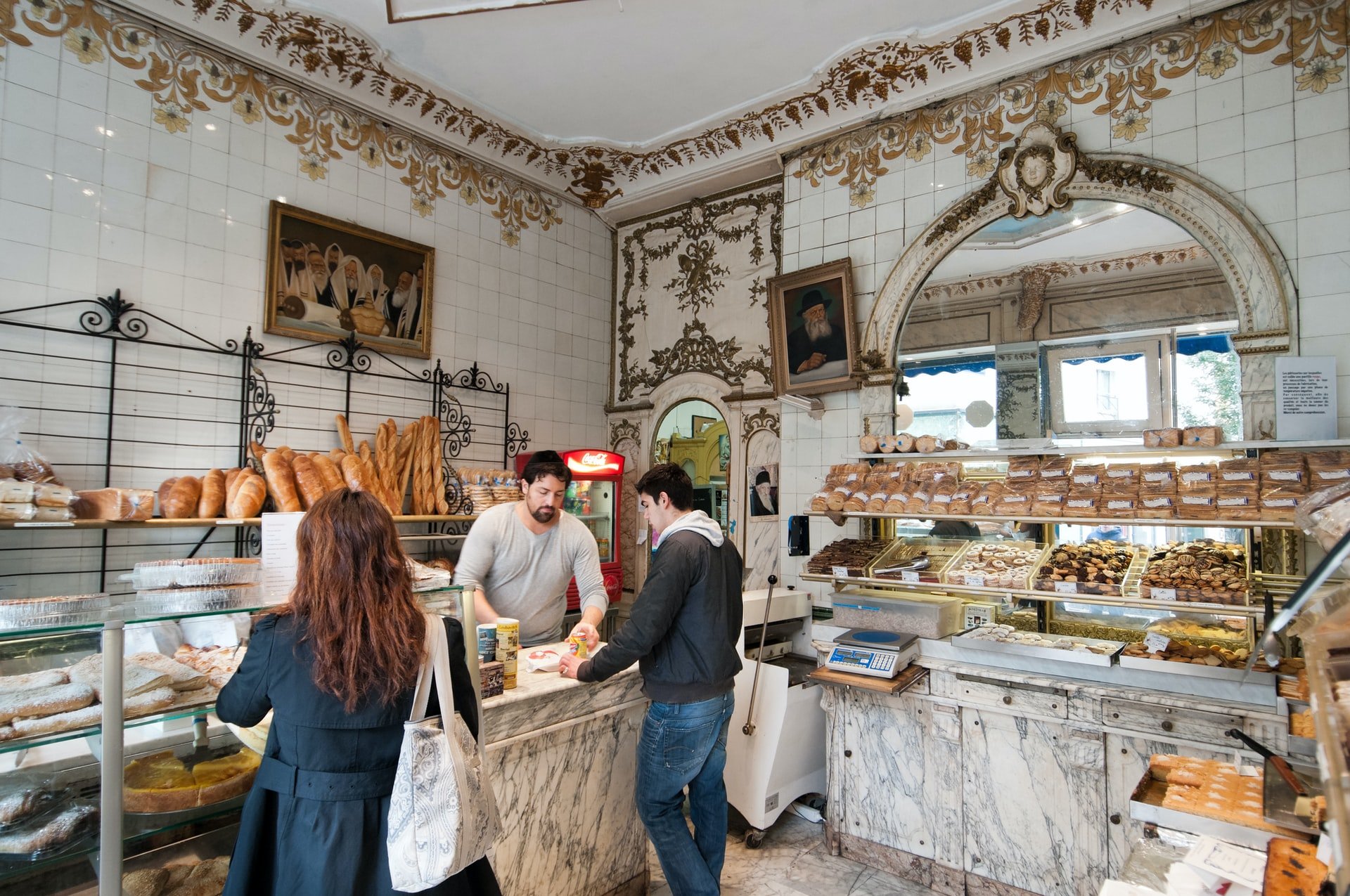

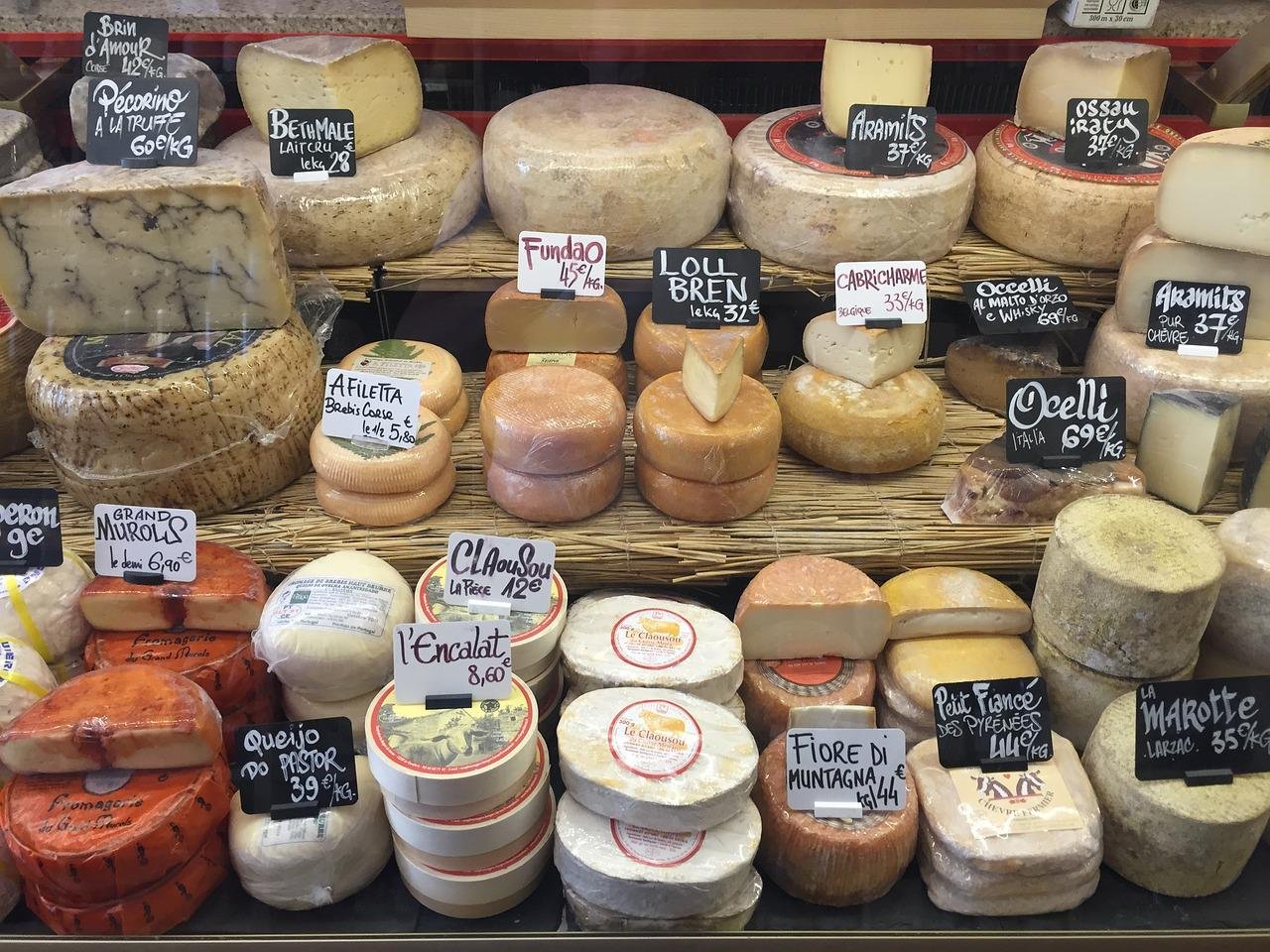
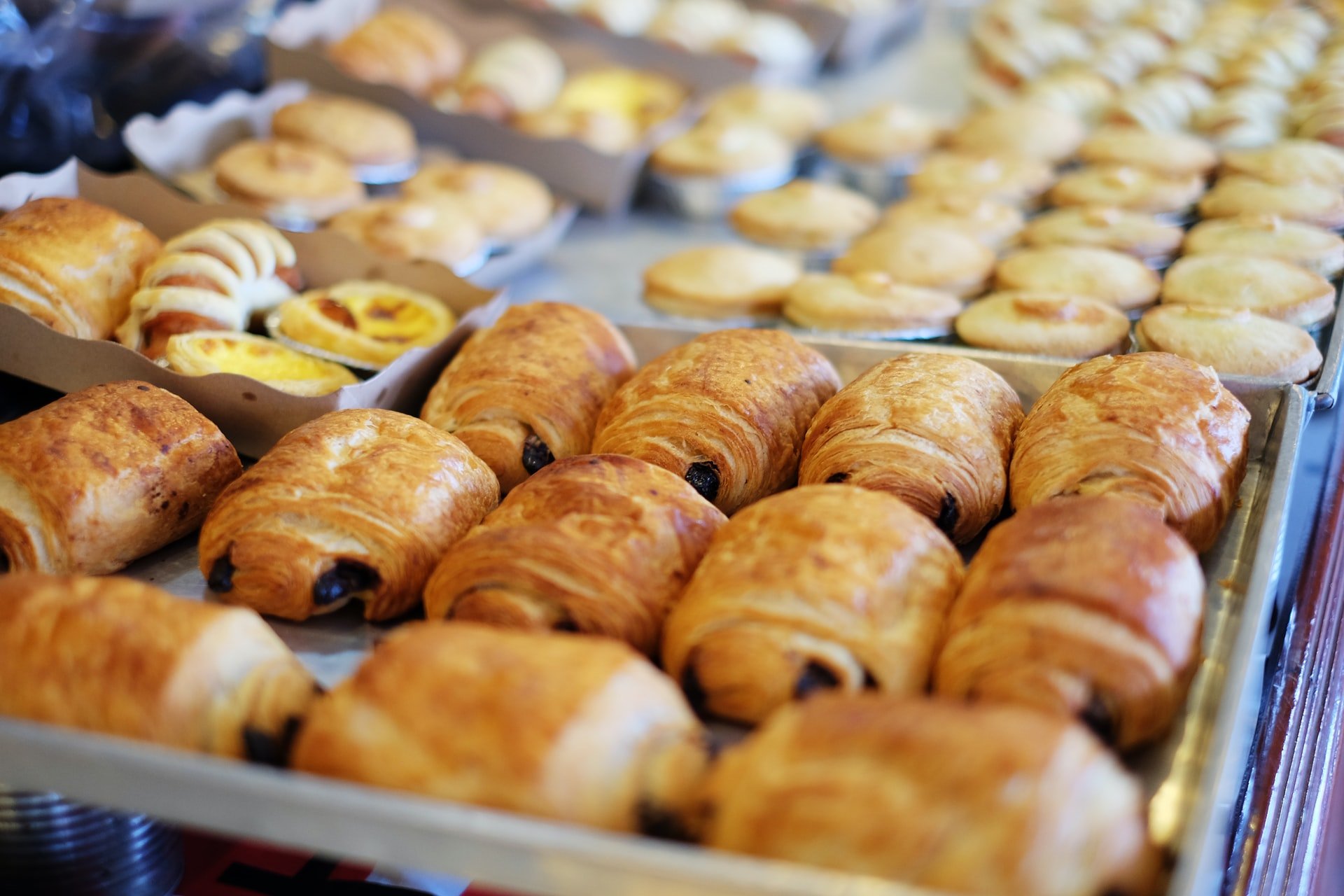
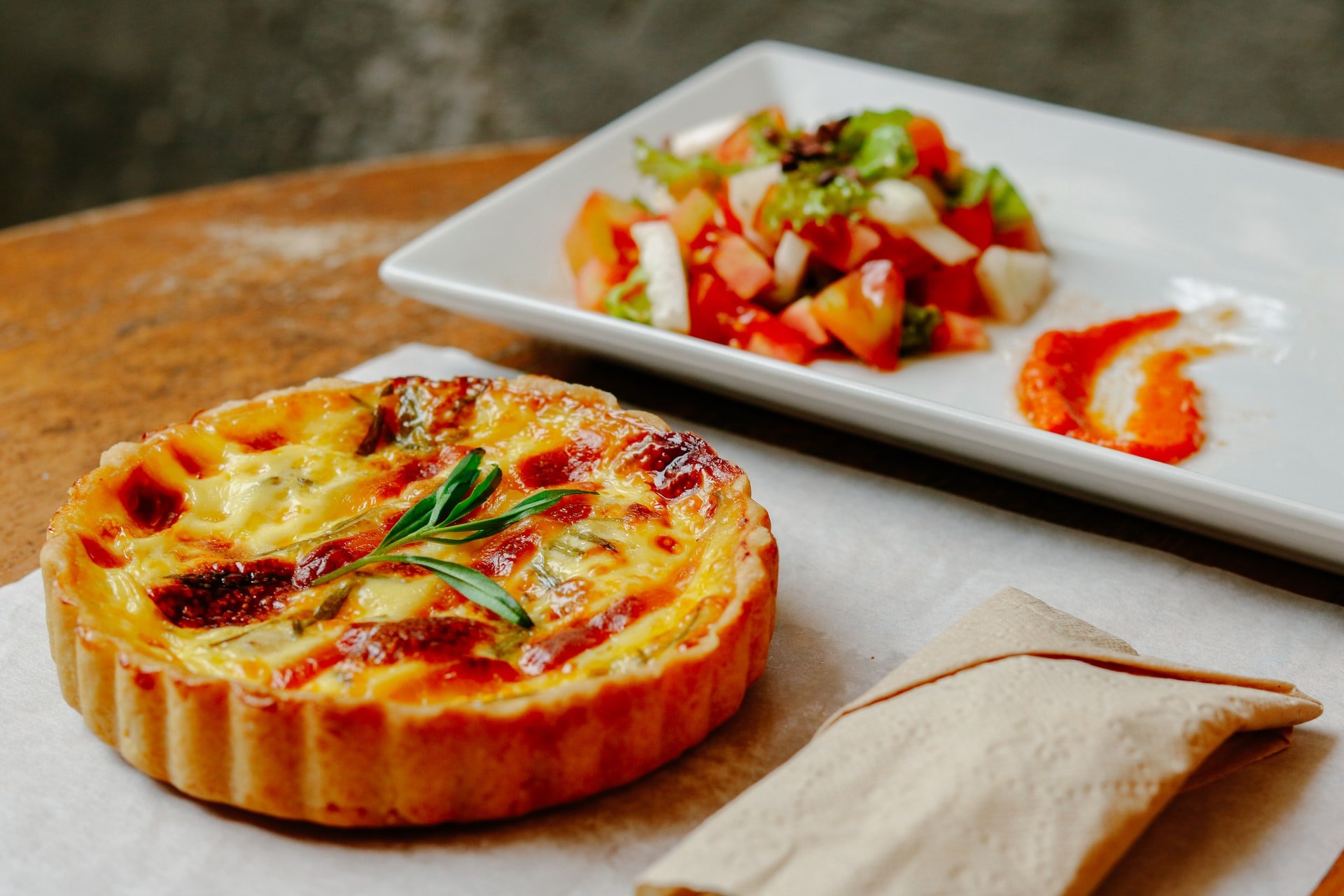
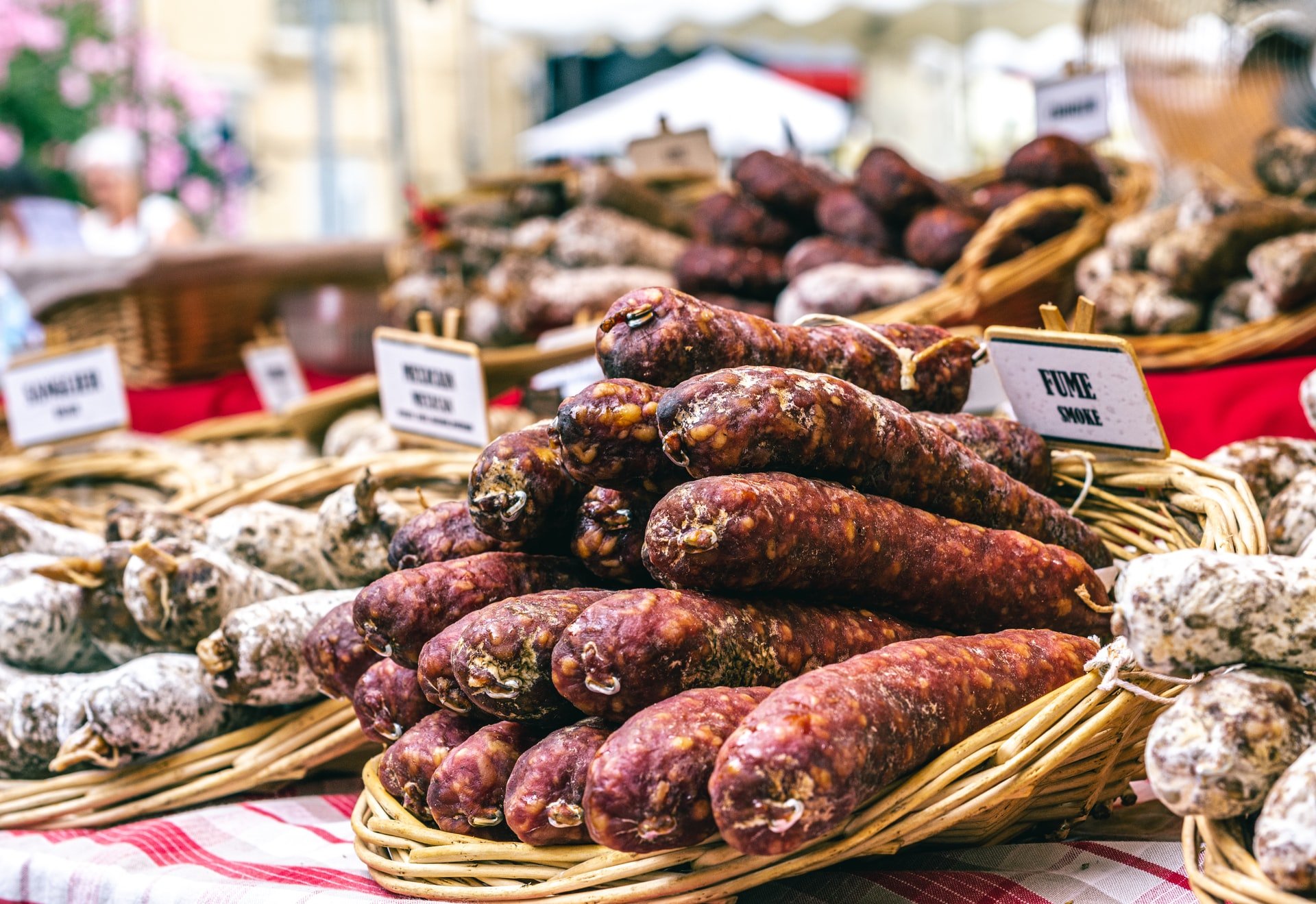

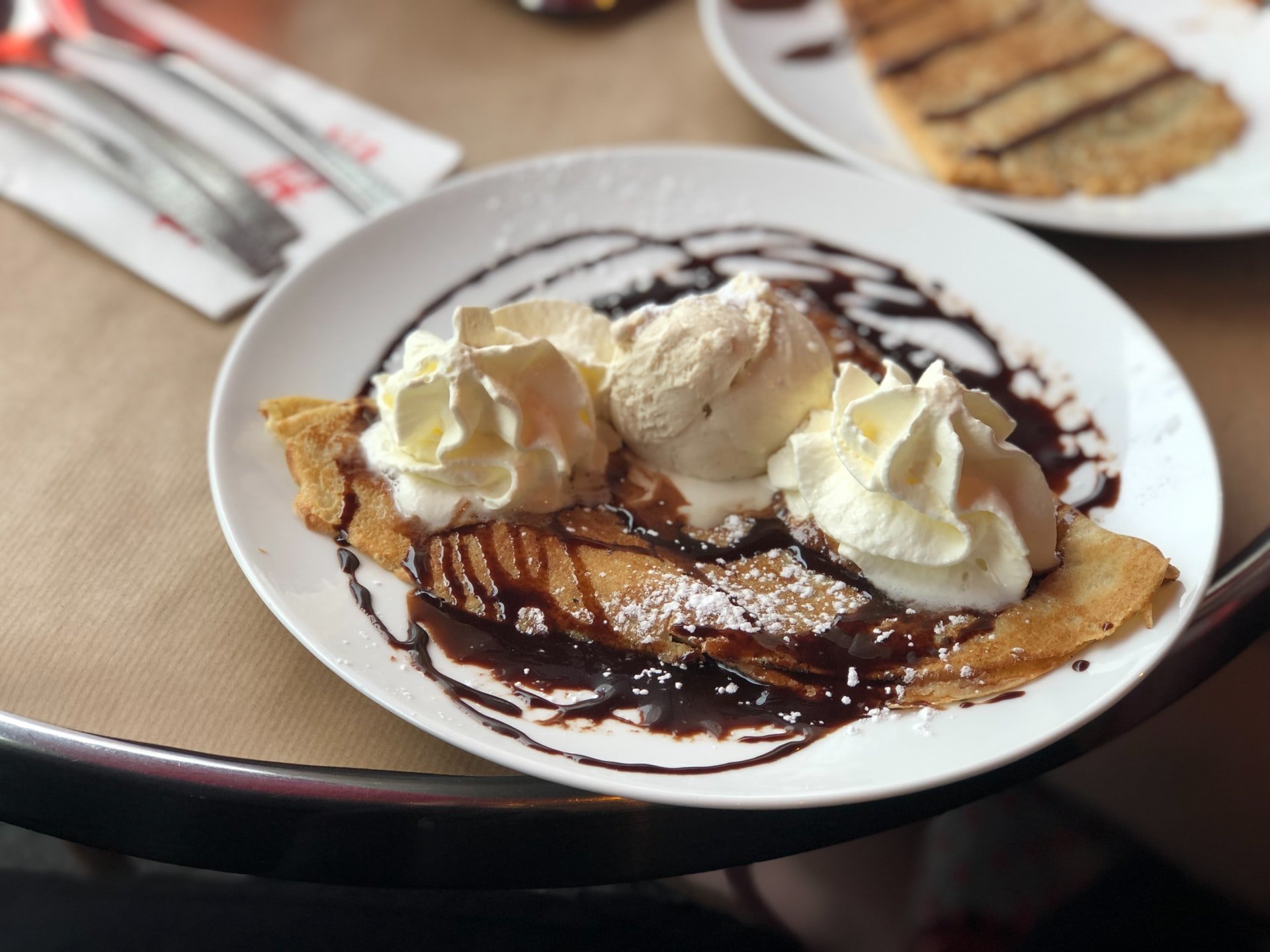



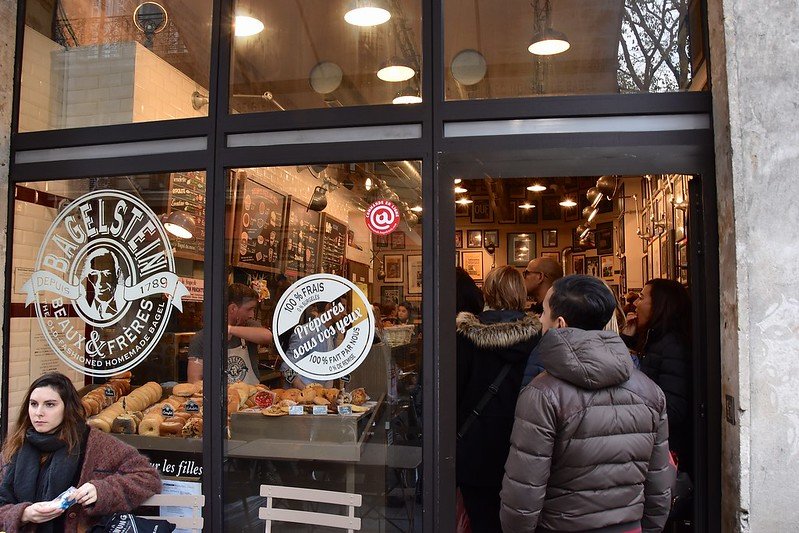

Jordan Hamons is passionate about food and traveling, and has been to 30 of the states in the U.S. and over 15 countries. When she's not eating her way around the world, Jordan is a chef and culinary instructor in Cincinnati, Ohio.
For even more yummy travel and cooking tips, keep up with Jordan here:
Blog | Facebook | Twitter